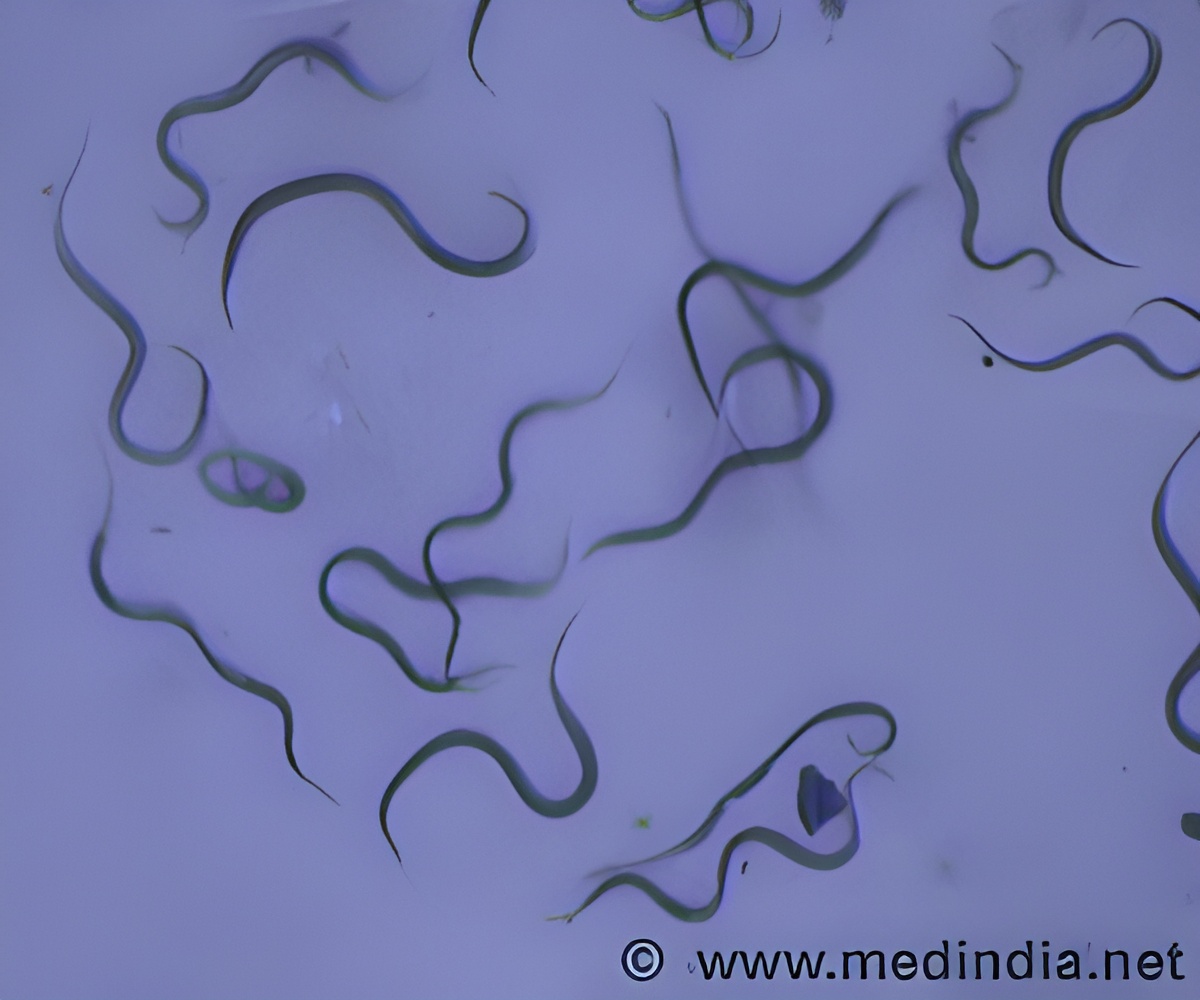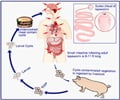Scientists have yet to pinpoint the exact cause of nodding syndrome (NS) despite extensive research.

Concentrated in South Sudan, Northern Uganda, and Tanzania, NS is a debilitating and deadly disease that affects young children between the ages of 5 and 15. When present, the first indication of the disease is an involuntary nodding of the head, followed by epileptic seizures. The condition can cause cognitive deterioration, stunted growth, and in some cases, death.
There is an acknowledged link between NS and onchocerciasis, an infection by a small worm commonly known as river blindness. NS is only present in areas where onchocerciasis is endemic and other studies have shown that there is a high rate of onchocerciasis infections in children with NS. Despite this apparent connection, investigators have been unable to link the two concretely. Onchocerca volvulus—the parasite that causes river blindness--has not been shown to affect brain function, which would be required if the parasite were also directly responsible for causing NS.
This new study from the Institute of Tropical Medicine in Antwerp, Belgium proposes that along with transmitting the Onchocerca volvulus parasite, blackflies are also passing along a second pathogen that is responsible for NS. "We hypothesize that blackflies infected with Onchocerca volvulus microfilariae may also transmit another pathogen," notes lead investigator Robert Colebunders, MD, PhD, who is head of the HIV/STD Unit, Department of Clinical Sciences at the Institute of Tropical Medicine, and Professor of Infectious Diseases at the University of Antwerp. "This may be a novel neurotropic virus or an endosymbiont of the microfilariae, which causes not only NS, but also epilepsy without nodding."
The hypothesis draws on other research that shows that parasites and viruses can have a symbiotic relationship, allowing insects to pass on diseases they would not normally be able to transmit. "Many laboratory studies have shown that arboviral transmission is enhanced in mosquitoes and other blood feeding flies that concurrently ingest microfilariae, and the same could be true for blackflies," explains Dr. Colebunders. "The biting midge, Culicoides nubeculosus, became infectious after ingesting blue tongue virus and Onchocerca cervicalis microfilariae, but not after ingesting the virus alone."
There are still many key questions surrounding the spread of NS, but this new theory attempts to deliver possible answers. For example, as to why NS epidemics seem to come and go, the study asserts that indigenous populations may become immune to the NS pathogen over time, but that when forced migration moves a non-immune population into an area with a large number of blackflies, NS cases erupt. "Population displacement resulting from civil conflict has preceded NS outbreaks in both northern Uganda and South Sudan," Dr. Colebunders states.
Advertisement
Dr. Colebunders suggests several courses of action based on the new theory, including collecting more precise incidence data on NS, epilepsy, and onchocerciasis in relation to blackfly distribution; continuing and increasing the systematic use of larvicides to control the blackfly population; and improving ivermectin coverage and increasing the frequency of its administration, as it appears it may limit the blackfly's ability to transmit the novel NS pathogen.
Advertisement
Source-Eurekalert










